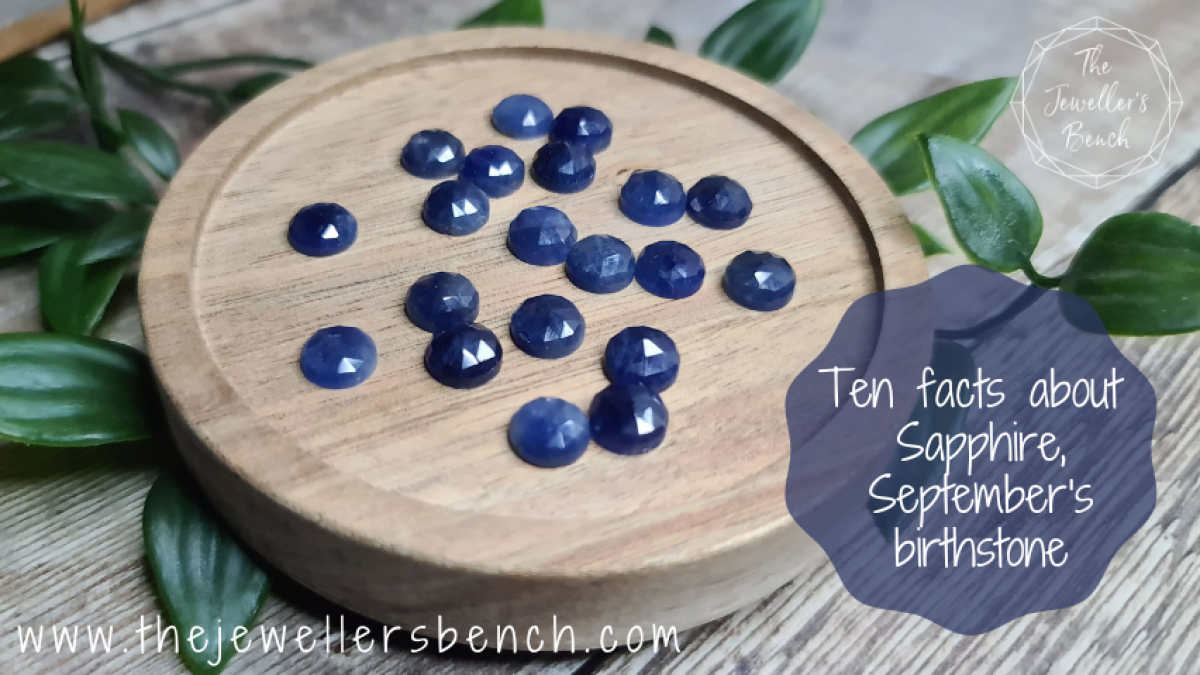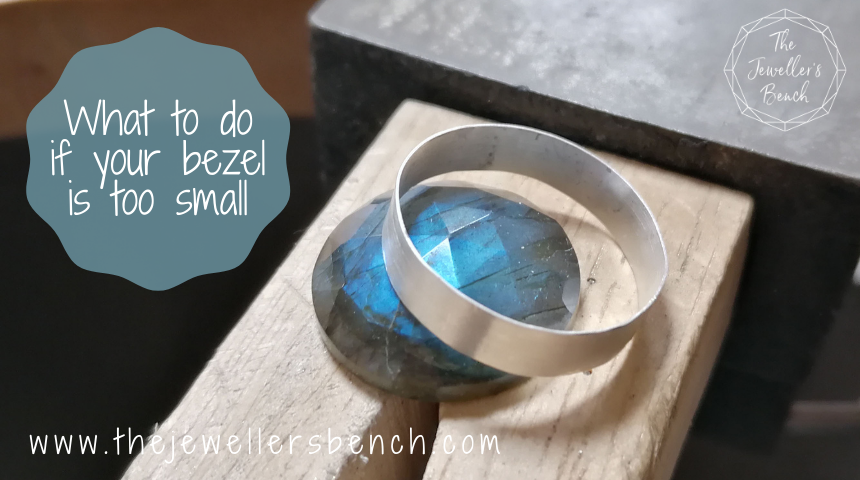Ten facts about Sapphire, September's birthstone

September's birthstone comes in a rainbow of colours!
September's birthstone comes in a rainbow of colours!
Read on to find out more about beautiful Sapphire.

1. Sapphire is a form of the mineral corundum, a crystalline form of aluminum oxide. Pure corundum is colourless, but is most commonly seen with trace amounts of elements such as iron, titanium, chromium, vanadium, or magnesium.
2. The word Sapphire comes from a Greek word “Sapheiros“, and the Latin word “Saphirus” which both literally mean blue.
3. Despite this, not all sapphires are blue! Sapphires can be white, grey, pink, yellow, orange or green as well as the traditional blue. The beautiful rose cut cabochons shown here are all sapphires despite the range of colours!
4. The colour of a sapphire depends on the trace elements found in the corundum. For example, iron produces green sapphires and purple sapphires get their colour from a trace of vanadium.

5. However, you won't find a red sapphire as red sapphires are rubies! The trace element that creates the red is chromium, and the strength of ruby's red depends on how much chromium is present. The more chromium, the stronger the red color.
6. Pink corundum is usually known as a pink sapphire but can also be called a pink ruby, and the pink ranges from very pale baby pink to vivid, intense magenta. Pink sapphire were once rare and only found in Sri Lanka and Myanmar, but new deposits were discovered in Madagascar in the late 1990s. Since then these lovely stones have become more popular. As you can see they make beautiful rings!
7. Sapphire is graded 9 on the Mohs scale, second only to diamonds. This means that sapphires are a popular choice for engagement rings. One of the most famous sapphire engagement rings is of course that once worn by Diana, Princess of Wales and now worn by her daughter-in-law Catherine, Princess of Wales.
8. Padparadscha sapphires are the rarest form of this stone. They are a beautiful pinky-orange and for centuries they were only found in Sri Lanka. The name padparadscha comes from the Sinhalese for lotus flower. In more recent years padparadscha sapphire have been found in Madagascar and Tanzania.

9. In medieval times sapphires were thought to represent the soul's purity and were worn by priests as protection from impure thoughts and temptations of the flesh. Medieval kings of Europe also wore sapphires as protection from envy.
10. A star sapphire is a type of sapphire that exhibits a star-like phenomenon known as asterism, the appearance of a six-rayed "star"-shaped pattern when viewed with a single overhead light source. The star is created by intersecting needle-like inclusions. Star sapphires are cut as cabochons, usually with the center of the star near the top of the dome.
11. And as a bonus here's my favourite sapphire fact... the ancient Persians believed that the earth rested on a giant sapphire and its reflection coloured the sky!
Want to find out more about using gemstones in your jewellery?
Here are some useful blog posts and tutorials.
Categories: : birthstones, did you know, jewellery facts

Joanne Tinley
Tutor and Founder of The Jeweller's Bench
The Jeweller's Bench is run by Joanne Tinley. She has been making her own jewellery for as long as she can remember and left her first career as a school teacher to set up business as a jewellery designer and tutor nearly 20 years ago. She is
self-taught and like many people started with wire and beads. Learning how to solder, however, opened up a whole new world of jewellery making, one that she is keen to share!
 Joanne Tinley
Joanne Tinley 



